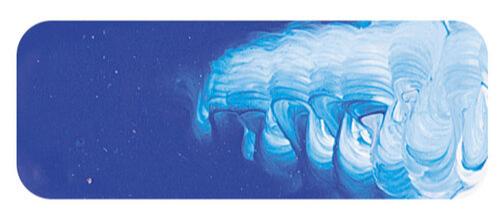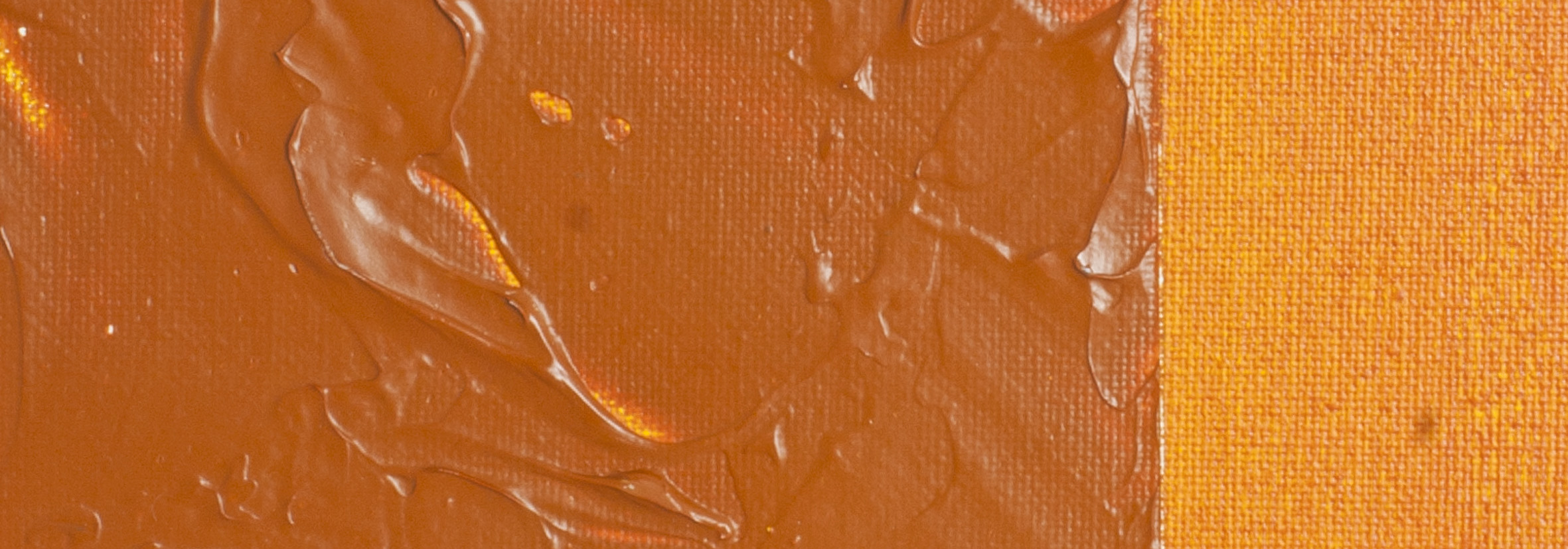Cobalt Blue | Matisse acrylic paint
Chemical Description: Oxides of cobalt & chromium
Pigment Numbers: PB28
Lightfastness Rating: ASTM I
Pigment Opacity: Opaque
Paint Opacity: Opaque
Series 5

Cobalt Blue | Matisse acrylic paint
Historical Intricacies: Unravelling the Origins
The utilization of Cobalt Blue traces back over 3,000 years, primarily for colouring blue glass. In ancient times, the source of this captivating hue was not fully comprehended, resulting in sporadic and accidental usage. Often found in conjunction with copper and nickel ores, its association with arsenic led miners to deem it as malevolent, coining the term "kobold," meaning "goblin." The modern name evolved from this miner's curse word.
Medieval Alchemy: Smalt and Egyptian Blue
In the Middle Ages, with the cessation of Egyptian blue production, alchemists introduced smalt, a dark blue glass akin to Egyptian Blue but based on cobalt instead of copper. Despite its resemblance, smalt fell short, being weak, gritty, and lacking the intensity of the ancient Egyptian blue. However, it served as a budget-friendly alternative to Ultramarine Blue.
Scientific Revelation: The Birth of Cobalt Blue
Cobalt's identity as a new element emerged in 1755, unravelling the mysteries surrounding its colour. Swedish chemist Georg Brandt's breakthrough highlighted cobalt as the source, distancing it from bismuth impurities or copper. Rapid pigment development ensued, with the discovery of cobalt green followed by the creation of Cobalt Blue in 1802 by Louis Jacques Thénard in France. Initially known as Thénard’s blue, it officially adopted the name Cobalt Blue in 1777, becoming an instant favourite among artists.
Permanence and Beyond: Cobalt Blue's Versatility
Cobalt Blue stands among the most enduring colours, surpassing the stability of Ultramarine Blue. With minimal fading anticipated for hundreds of years, its applications extend beyond art. Widely utilized in diverse industries due to its heat resistance and corrosion resistance, Cobalt Blue has found a place in jet engine turbine blades, medical implants, and the production of lithium batteries.
Artistic Workhorse: Cobalt Blue in the Palette
Cobalt Blue, a cool and opaque blue, stands as a versatile choice for artists. Exhibiting excellent covering power, it proves indispensable for creating a broad spectrum of blue, green, and violet shades. Landscape artists particularly favour it for crafting sky colours, especially when mixed with Australian Sky Blue for intense mid-summer skies or Cerulean Blue for slightly greener winter or coastal skies. Blending with Australian Ghost Gum yields softer blues, perfect for capturing scenes from campfire smoke to misty mornings.
Versatile Greens and Violets: Cobalt Blue's Palette Mastery
Cobalt Blue outshines other blues in generating cleaner greens on the palette. Ranging from darker olives to mid-leaf greens and lighter sap and grass greens, its versatility complements any landscape. The red undertones in Cobalt Blue enable the creation of exquisite violet colours, whether mixed with Primary Red, Magenta Quin Violet, or Australian Red Violet, offering a range from mid-violet to dark purples with ASTM I permanency.
Modern Celebrations: The Artist's Delight
While ancient miners may have viewed cobalt with disdain, the modern artist has every reason to celebrate this extraordinary colour, enriching their palettes with centuries of brilliance.
Safety Data Sheet for Matisse Cobalt Blue (SDS)
To view or download a copy of Cobalt Blue SDS, please CLICK HERE * (271kb)
*The above link will open an external Dropbox window

To install this Web App in your iPhone/iPad press ![]() and then Add to Home Screen.
and then Add to Home Screen.

